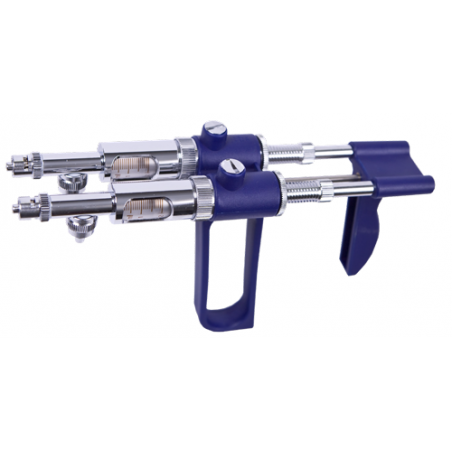Porcine reproductive and respiratory syndrome (PRRS) remains one of the most costly diseases that can affect growing pigs, as well as destabilize a breeding herd and influence reproductive performance. Successful control of PRRS is still a challenge in many pig farms all over the world. Usually, control is based on farm management practices such as appropriate biosecurity rules, all in-all out systems and unidirectional pig flows combined with vaccination strategies. Pigs infected or vaccinated with live PRRSV are resistant to the effects of PRRSV upon re-exposure to homologous strains of PRRSV. But the virus is continuously evolving, so vaccine strains are always different from field isolates. In some farms this strategy was found to be not fully successful for PRRS control.
This article will focus on the use of oral fluid in gilts acclimation in PRRS control.

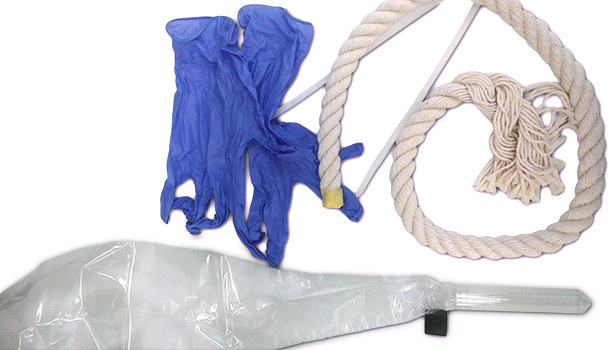
Picture 1. Contents of collection kits - disposable gloves, rope and tube connected with plastic bag.
Before introducing gilts to a breeding herd there are two important steps which cannot be omitted - isolation and acclimation of gilts. Isolation prevents disease spread from incoming gilts to the breeding herd. It should last between 20 and 45 days. Gilt acclimation is a time necessary to familiarize the gilts to the environment in the breeding herd. It is considered that acclimation should last from 60 to 120 days. During this period of time we can expose animals to PRRS and other diseases. The first step to break virus circulation in the breeding herd is to use replacement animals that have been exposed to PRRSV and have developed immunity prior to their introduction into the herd. Our goal is to get all incoming animals infected with farm-specific PRRSV. It guarantees that gilts will produce a protective level of antibodies before their introduction to the breeding herd.
PRRSV has been detected in several types of samples: lungs, tonsils, blood, semen, urine, faeces, milk, colostrum and oral fluid. Exposure methods in replacement gilts may include direct contact with PRRSV shedding pigs, or feedback. We must bear in mind that PRRSV can be shed for up to 99 days post-infection.
In the case of a PRRSV-positive herd, the use of oral fluid increases the chance of transferring the virus from the herd to the incoming gilts. The method is based on oral fluid collection from the groups of viraemic pigs. In order to identify them, it is important to perform molecular (PCR) tests to identify the pattern of viral circulation in a certain farm. For this purpose we can use serum or pen-based oral fluid samples collected from several pens in cross-sectional sampling. The results will indicate which age groups the virus circulates in. After we identify a viraemic group of pigs, we can collect oral fluid from several pens within a certain age group.
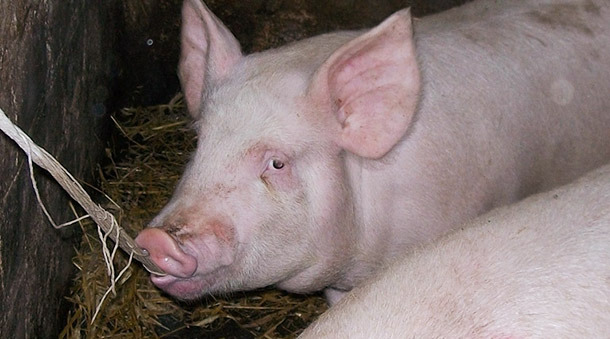
Picture 2. Fattener chewing the rope.
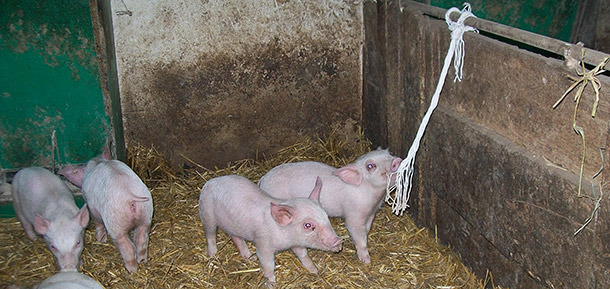
Picture 3. Viraemic pigs are usually found in hospital pens.
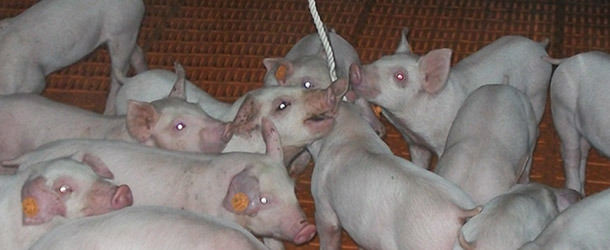
Picture 4. Weaned piglets need more time than fatteners to interact with the rope.
For oral fluid collection, we can use a cotton rope, 1.5-2 cm in diameter, hung away from drinking bowls to avoid soaking the rope with water. One rope for 20-30 minutes is usually enough for a pen with 20 animals, to allow each animal to chew the rope. For larger groups of animals, more ropes need to be hung. It will increase the chances for the weakest and sickest animals to chew the rope . The more animals have the contact with the rope, the bigger the chance for transmission of the virus. After 20-30 minutes, the ropes are collected and promptly hung in the gilts pens. The animals should be attracted to these new, interestingly smelling objects. We should be able to observe if the majority of the gilts had a chance to chew the rope. Even if some of the pigs will be not interested in the ropes, they will get infected within a short period of time from other penmates.
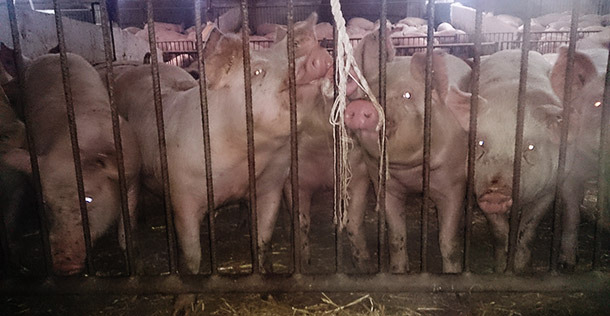
Figure 5. Gilts are interested in the new object in the pen.
It is recommended to perform serology tests at the end of the acclimation period to check whether the method was successful or not, and to do PCR tests on pen-based oral fluid samples to ensure that the animals are not shedding the virus any more. It is necessary to understand that gilts which still shed the virus may introduce PRRS to the breeding herd and cause further damage. Failure to monitor the virus levels among the introduced gilt group would defeat the object of the isolation-acclimation protocol presented above.
Consistent acclimatization of incoming breeding stock to PRRSV is going to result in the stabilization of clinical symptoms, improvement in production parameters, and the obtention of PRRSV negative piglets at weaning. The correct procedure – as listed above – for the gilt-to-herd introduction is the key to PRRSV control.






